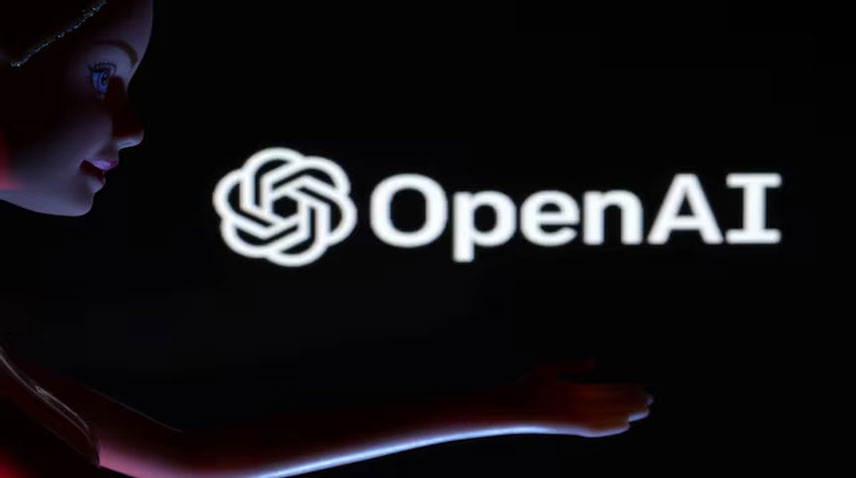
San Francisco-based tech company OpenAI has enhanced its ChatGPT generative AI chatbot with real-time search capabilities. Initially rolled out to paying subscribers in late October, this feature is now available to all logged-in users globally, enabling access to "fast, timely answers" complete with links to relevant sources, OpenAI announced.
The upgrade integrates web search directly into ChatGPT, abolishing the need for a separate product. OpenAI s Chief Product Officer, Kevin Weil, stated in a YouTube video, "We’re bringing search to all logged-in free users of ChatGPT. That means it’ll be available globally on every platform where you use ChatGPT."
The interface for the search feature mirrors search engines like Google and Google Maps but avoids cluttered advertising. It also resembles the conversational approach of Perplexity, an AI-powered search engine that cites sources in its responses.
"We’re really just making the ChatGPT experience better with up-to-date information from the web," said Adam Fry, ChatGPT’s Search Product Lead. He added that the rollout would reach hundreds of millions of users starting immediately.
Users can activate the search function by default or manually via a web search icon. This feature addresses a previous limitation of AI chatbots like ChatGPT and Anthropic’s Claude, which were constrained by data cutoffs and could not provide real-time information.
Competitors like Google and Microsoft already combine AI-generated responses with live web search. The addition of search to ChatGPT raises questions about OpenAI’s partnership with Microsoft, a major investor, which is working to expand its Bing search engine s market share against Google.
OpenAI’s CEO, Sam Altman, is steering the company toward becoming a dominant internet force. Recently, the company achieved a valuation of $157 billion after securing investments from Microsoft, SoftBank, and Nvidia.
While search capabilities are likely to attract new users, the expanded functionality will significantly increase OpenAI’s computing demands and operational costs, which are already considerable.




